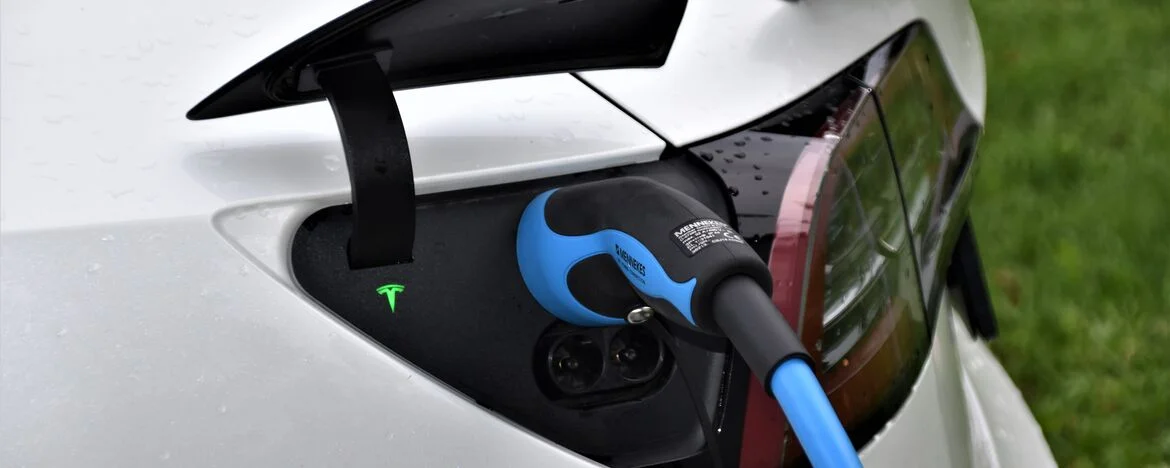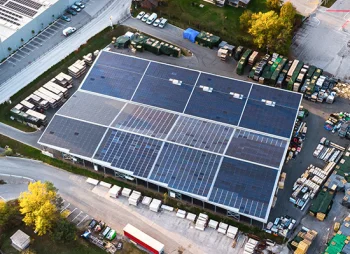Things to consider
The transition to an electric fleet isn’t easy or simple.
If you’re pressing your employees to make the switch to electric, or upgrading the majority of your fleet to pure electric vehicles, you’re going to need to install EV charging points at your site.
The best way to encourage electrification is to make the transition as easy as possible for your staff and electric charging points will provide the utmost convenience for your employees.
Workplace electric charging may be difficult to wrap your head around and there are a number of things you’ll want to consider before you start installing charging points at your premises.
This could include:
How many chargers do you need?
For a fleet, it makes sense to have enough chargers for the maximum number of your fleet vehicles on site at one time.
You’ll need to workout how many of your staff have electric vehicles already, as well as how many are going to adopt them in the future.
Also, who’s going to use the charge points?
If some EV drivers already have their own home chargers and their commute is less than 10 miles, they probably won’t need to charge their EV at work. For others, a workplace charge point will be the only way they can charge their EV at an affordable rate.
If you’re going to allow your visitors or customers to use the charge points too, you’ll need to make sure you have enough for everyone to use.
What type of charger do you need to install?
The charging times are extremely important when it comes to running an EV.
A rapid charger might sound like the best way to go, but this isn’t always the case as they require a lot more power and are more expensive to install too.
So, you’ll need to think realistically about how long your employees’ vehicles will be parked for to work out what speed charge points you actually need to provide.
It’s likely that most commutes won’t be anything higher than 10 miles and if their EV is sat charging at an office for roughly eight hours, a slower AC charging station should be able to get it fully charged anyway.
However, if you’re going to allow visitors to use the chargers too, you might also need some fast or rapid chargers for a speedy top up.
And if you do opt solely for fast chargers, your employees might need to move their EVs after a couple of hours to allow another EV driver to charge their car once theirs is charged up enough. If you went down this route, you probably wouldn’t need a huge number of chargers.
There are a lot of different options and it’s all down to your specific needs, so it’s definitely a big question to ponder.
Where should you locate your EV charge points?
You might have a preferred location for where you want your chargers installed but it might not necessarily be the most ideal.
It’s likely you’ll need to get your workplace site assessed in order to plan where your chargers can be installed and to make sure adding any additional chargers in the future will be easy.
Consider where your access to the power supply is. One of the additional costs of installing EV chargers is the digging that takes place to lay down electric cables from your supply to the chargers.
That’s why most chargers are placed adjacent to the building as that’s where the power supply is.
Should your employees pay a fee for workplace charging?
This is all down to choice, since HMRC don’t categorise electricity as a vehicle fuel, businesses are able to offer free charging without worrying their staff about Benefit in Kind tax.
So, you could charge them for the amount of electricity they use which would allow you to be reimbursed for the initial installation and maintenance costs and eventually make some profit.
Some businesses charge at a reduced rate so it’s cheaper than using a public charger and many on-site charge points now offer contactless payment for ease.
Or you could offer free EV charging as an incentive for your employees to encourage EV uptake.
I rent my work premises; can I install an EV charger?
If you rent or lease your work premises, you would need to get permission from your landlord.







